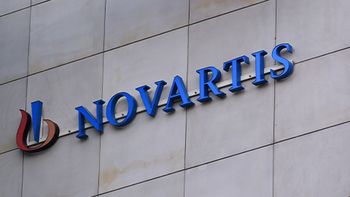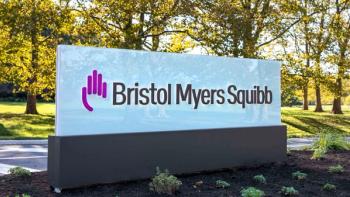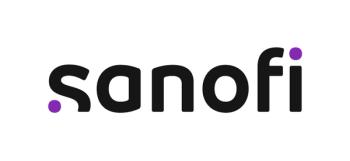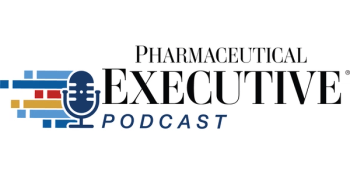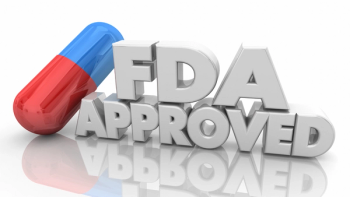Key Takeaways
- A newly imposed 15% tariff on branded pharmaceutical imports from the EU could add $13–$19 billion annually in costs, pressuring margins, pricing strategies, and patient access.
- The tariff disrupts long-standing tax and manufacturing advantages tied to EU-based production, prompting reassessment of global supply chains and potential relocation of operations.
- With a Section 232 investigation underway and potential tariff changes expected in early 2026, pharma executives must prepare now with scenario planning, supply chain diversification, and proactive payer engagement.
For decades, pharmaceuticals traded freely between the United States and the European Union with zero tariffs, enabling a seamless transatlantic supply chain and stable pricing. That era has ended.
The newly implemented 15% tariff on branded pharmaceutical imports represents a shock to an industry that has long operated without such trade barriers. Analysts estimate this measure could add $13–$19 billion annually in costs to the sector. This is not just a passing trade skirmish; it is a structural shift with potentially lasting consequences for cost structures, pricing strategies, and patient access.
Cost Shock to Pharma Supply Chains
The tariff imposes an immediate cost shock to pharmaceutical supply chains. The US market depends heavily on EU-based manufacturing for high‑value, high‑margin products such as specialty drugs, oncology therapies, and complex biologics. Many active pharmaceutical ingredients (APIs), sterile fill‑finish operations, and finished dosage forms are sourced from or produced in Ireland, Belgium, the Netherlands, and Germany.
Applying a 15% tariff to these imports sharply increases the landed cost of products sold in the United States. This forces pharmaceutical executives to choose between absorbing the added costs—compressing margins—passing them along to payers and patients, or re‑engineering global sourcing models to reduce exposure to EU‑based production.
Pricing Pressures and Market Dynamics
Tariff‑driven costs will inevitably ripple through pricing. Passing the full tariff on to the market could result in higher wholesale acquisition costs (WAC). Commercial insurers and government payers will likely push back against such increases, triggering more aggressive formulary negotiations.
Even if net prices are softened by rebates, patients in high‑deductible health plans or those facing Medicare Part D coverage gaps will still feel the impact directly in their out‑of‑pocket spending. For specialty drugs—already under intense pricing scrutiny—tariff‑driven inflation may lead to tighter utilization management such as prior authorizations, step therapy requirements, and, in some cases, outright formulary exclusions.
Section 232 Investigation: Timeline and Uncertainty
The 15% tariff is currently a temporary placeholder pending the outcome of a Section 232 national security investigation launched by the US Department of Commerce on April 1, 2025. The investigation will determine whether imports of pharmaceuticals and APIs threaten national security.
By statute, the Department of Commerce has up to 270 days (until December 27, 2025) to deliver its report to the President. The President then has 90 days to decide whether to accept the recommendations, and any remedial measures must be implemented within 15 days of that decision. This means tariff changes—whether reductions, eliminations, or increases—could occur in early 2026.
A low‑risk finding could result in reduced tariffs or a rollback. A high‑risk finding could bring tariffs higher than 15% or extend them to additional pharmaceutical products. This uncertainty makes it essential for executives to prepare for multiple tariff scenarios, including the possibility of escalation.
Erosion of the European Tax Advantage
Beyond the immediate pricing impact, the tariff undermines a long‑standing strategic advantage enjoyed by many US pharmaceutical companies: favorable European tax regimes. For years, major firms have located manufacturing and intellectual property assets in low‑tax jurisdictions such as Ireland, Belgium, and the Netherlands to reduce their effective tax rates.
These arrangements depended on tariff‑free exports to the United States. The new 15% duty changes that calculus. If tariffs persist, the recurring cost penalty for shipping goods back to the United States could outweigh the tax benefits, making EU‑based production less attractive than US or other tariff‑neutral locations—even if nominal tax rates there are higher. This could trigger strategic relocations of production facilities, technology transfers to US plants, or expanded reliance on biologics manufacturing capacity in Asia all add capital and time.
Supply Chain Resilience and Risk Diversification
The tariff shock highlights a broader fragility in current pharmaceutical supply chains: they have been optimized for cost efficiency, not for resilience to policy or geopolitical volatility.
To reduce risk exposure, companies may need to develop dual sourcing strategies involving both EU and non‑EU facilities, reshore or near‑shore production to the United States, Canada, or Mexico, and diversify API sourcing to tariff‑neutral countries. Investments in modular manufacturing and flexible technology transfer capabilities will be essential for enabling rapid shifts in production geography without multi‑year delays.
Competitive Landscape Shifts
Competitive dynamics will shift as companies respond in different ways. First movers that proactively reconfigure supply chains and relocate production will reduce tariff exposure and gain greater pricing agility.
Companies willing to absorb the costs in the short term may protect market share but suffer margin compression. Those slow to adapt risk being locked into high‑cost sourcing while competitors secure low‑tariff capacity.
These changes could also accelerate consolidation among contract manufacturing organizations (CMOs) and drive the formation of strategic alliances to share capacity in tariff‑neutral jurisdictions.
Potential Market Responses
Over the next six to 18 months, several industry responses are likely to emerge. Some companies will implement targeted price increases for inelastic specialty products rather than broad price hikes.
Others may reformulate or repackage products so that production shifts to non‑EU regions. New product launches may increasingly prioritize non‑EU manufacturing from the start.
Industry associations are also likely to intensify lobbying efforts for exemptions or carve‑outs for critical drug categories, arguing that patient access and public health require relief from these trade measures.
Risks to Patient Access
Tariff‑driven price adjustments create clear risks to patient access. Higher list prices can lead to increased copays and coinsurance for patients in high‑cost‑sharing plans.
Payers may impose stricter clinical justification requirements before approving coverage for expensive therapies. In extreme cases, if a therapy becomes unprofitable under tariff conditions, manufacturers may potentially withdraw it from the US market, particularly concerning for rare disease treatments with no alternatives.
Strategic Recommendations for Pharmaceutical Executives
Pharmaceutical leaders should act now to prepare for both the current tariff environment and potential changes in 2026. Recommended steps include:
- Run multiple scenario models simulating tariff rates from 0% to 30%, incorporating possible escalation tied to Section 232 findings.
- Reassess the global manufacturing footprint by comparing total landed costs; including tariffs, taxes, and logistics across EU, US, and non‑EU alternatives.
- Engage early with payers to develop contracting solutions such as value‑based agreements that can offset price increases while maintaining formulary access.
- Increase supply chain flexibility by negotiating contingency agreements with CMOs, building technology transfer capabilities, and enabling rapid production redeployment.
- Communicate transparently with policymakers, investors, providers, and patients about strategies to manage tariffs and protect access.
The Bottom Line
The 15% tariff on branded pharmaceutical imports is not a short‑term inconvenience; it represents a structural shift in the economics of the US pharmaceutical market. With $13–$19 billion in additional annual costs at stake and a Section 232 investigation report due by December 2025, followed by potential presidential action in early 2026, executives must plan now for a range of outcomes.
Balancing profitability with affordability, redesigning supply chains for resilience, and engaging actively in trade policy discussions are no longer optional, they are strategic imperatives. Those who act early, diversify sourcing, rethink production geography, and adapt pricing strategies will be best positioned to compete in a future where trade policy risk is a permanent fixture in pharmaceutical competitiveness and patient access.
About the Author
Dr. Thani Jambulingam is a professor in food, pharma and healthcare at Erivan K. Haub School of Business, Saint Joseph’s University, Philadelphia. He is a pharma and healthcare strategist and contributing writer to Pharmaceutical Executive. Their work focuses on the intersection of emerging technologies, supply chain, and commercial strategy.

